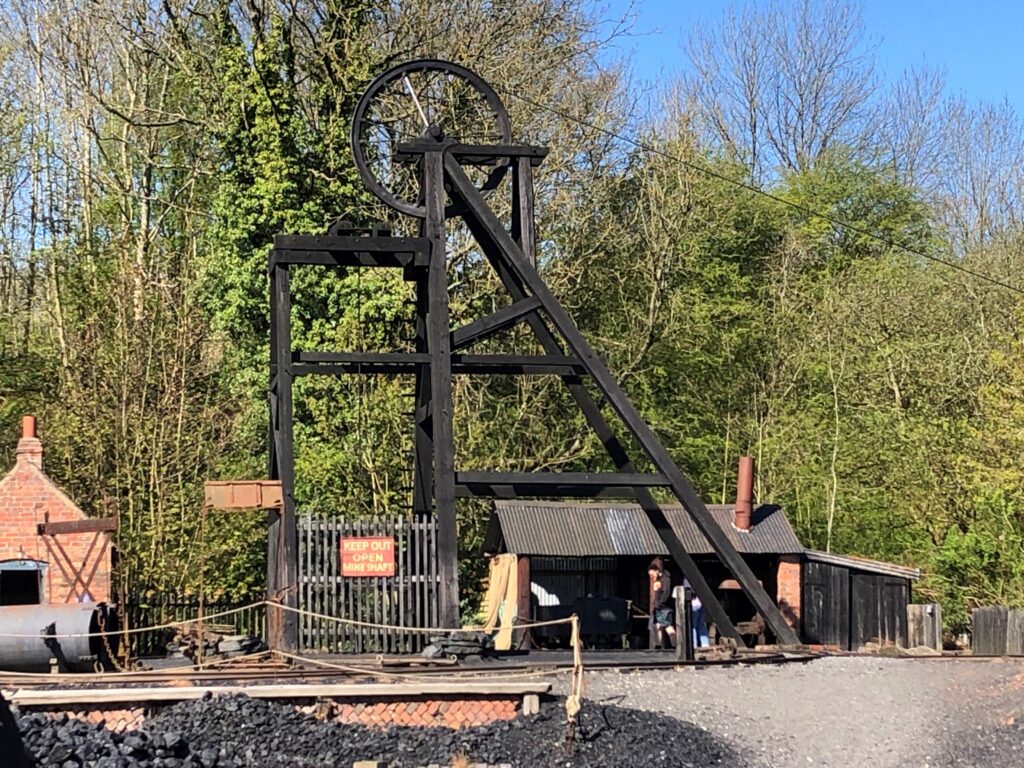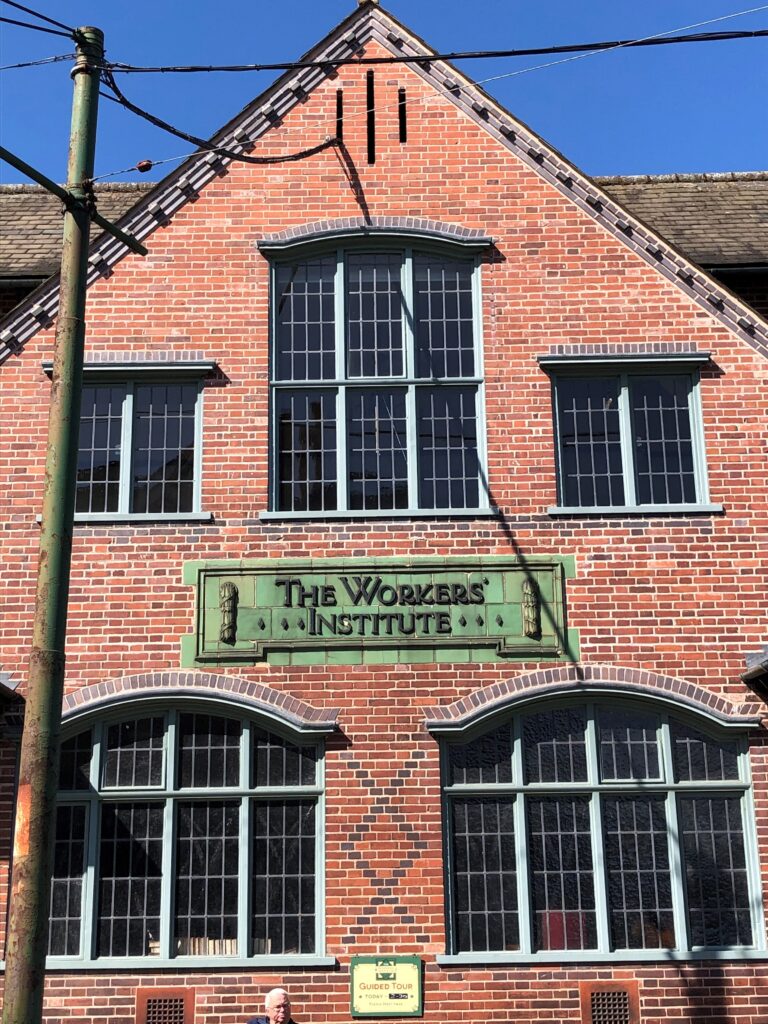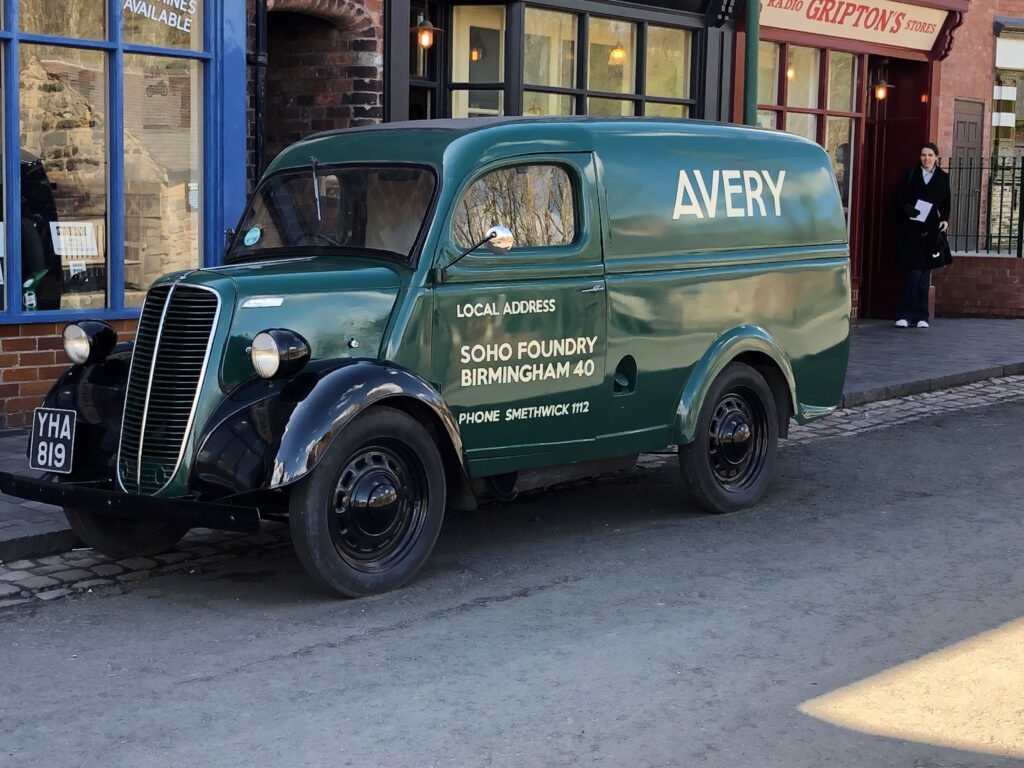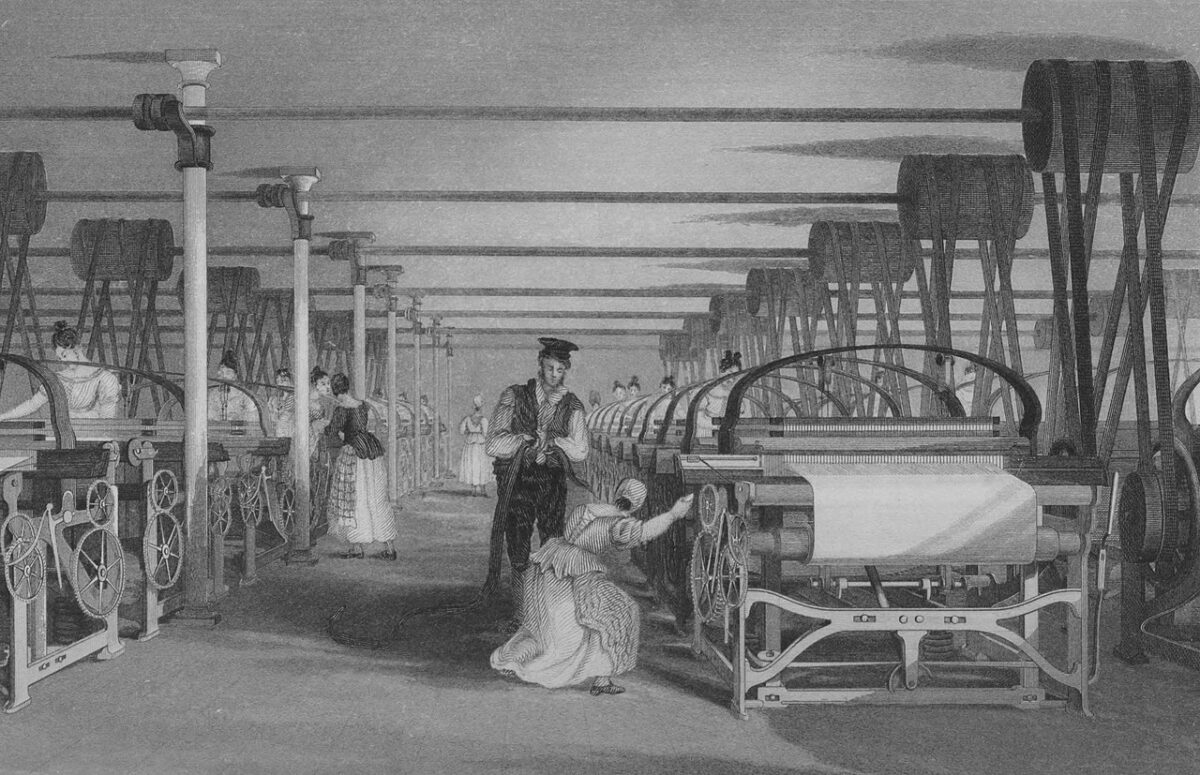By Mike Swadling
As the advert goes ‘If Carlsberg did…’, days out for somewhat dull, middle aged guys, they wouldn’t be going far wrong if they produced the ‘Black Country Living Museum’.
In the centre of Dudley, the open-air museum set across 26 acres has rebuilt old buildings focused on historical industrial life in the area. With rebuilt homes, a mine, workshops demonstrating traditional skills, public buildings and 50 shops, the place is amazing. In most of these you can encounter great information and have fascinating chats with actors playing part guide and part historic character. As if this wasn’t enough, the absolute icing on the cake is two working pubs, where you can sample a cracking pint of beer (or two).
“we were left with the impression the Industrial Revolution was rather a bad thing! Indeed, we were often left feeling that the lives of those in the Black Country at this period had never been worse”
I visited the museum back in April and thoroughly enjoyed it but was left with one nagging doubt of concern. There were great insights from staff about life around the turn of the 20th Century. They were able to answer most questions people had, and clearly enjoyed their job. But for me the doubt wouldn’t go away, at every stop we were left with the impression the Industrial Revolution was rather a bad thing! Indeed, we were often left feeling that the lives of those in the Black Country at this period had never been worse. It’s not just at the museum but more generally we are asked to see industrialisation as a blight on the lives of those who lived through it, when the opposite in many ways is the truth.


The Industrial Revolution is generally considered to have started in around 1760. At that time average life expectancy in what is now the U.K. was about 38, it steadily rose to be over 50 by 1905. This might not seem much of an achievement by today’s standards but given life expectancy had hovered around 35 for 900 years that steady increase is quite something.
Life expectancy is far from the only measure of the quality of life in a country, population growth is also a good indicator to the robustness of a society. England’s population hovered from 5-10 million (the Black Death impacting this) for about 500 years until the mid-1700’s when it starts to take off to reach around 40 million by 1900. This change represents children outliving the challenging first few years after birth and families being able to provide for many more young mouths.
“In 150 years, average annual income had grown by more than it had in all the time since the invention of money.”
How could these poor workers afford those extra mouths? Especially given we are told how hard life was. Well, it turns out people were earning more, much, much, even inflation adjusted more. Average Incomes started rising in the mid-1600s due in large part to the agricultural revolution, by 1760 they breach £2000 per annum in today’s money for the first time ever, by 1910 they were over £5000. In 150 years, average annual income had grown by more than it had in all the time since the invention of money.
Not only were these extra mouths being fed, life was improving for them. Life for children in the industrial revolution shouldn’t be compared to some idealise vision of living off the land, or to pictures from our own childhood, but instead be compared to a life punctuated with regular periods of famine and plague. Children always worked, but the industrial revolution started to see families choose to and laws put an end to that. In 1785 we see the Sunday School Society established, 1788 see the start of laws setting the minimum age boys could be employed as chimney sweeps, 1802 see’s the first of the Factory Acts, which required factory owners to provide some education. In 1834 the Poor Law Amendment Act set out that ‘pauper children’ should receive education daily. Half a century of improvements eventually saw the 1870 Elementary Education Act which introduced compulsory education for children aged 5-13.
The moves to compulsory education but also the additional options the relative wealth of industrialisation brought, meant that whilst “In 1800 around 40 percent of males and 60 percent of females in England and Wales were illiterate. By 1840 this had decreased to 33 percent of men and 50 percent of women, and, by 1870, these rates had dropped further still to 20 percent of men and 25 percent of women. By the turn of the century, illiteracy rates for both sexes had dropped to around 3 percent.” (source: Education, Literacy and the Reading Public. Amy J. Lloyd, University of Cambridge)
“India has grown its industrial output from $5.4 billion in today’s money in 1960 to $443.9 billion in 2021. In the same period life expectancy has gone from 41 to 70”
The industrial revolution significantly improved the lot of people throughout the United Kingdom. But not only has this industrial manna from invention benefited people in the UK, it’s proven to be a repeatable process benefiting those across the globe. India has grown its industrial output from $5.4 billion in today’s money in 1960 to $443.9 billion in 2021. In the same period life expectancy has gone from 41 to 70. Nigeria has seen industrial output in today’s money rise from $33 billion in 1981 to $64 billion in 2021, and life expectancy rise from 45 to 55 over that time. On the same basis Nicaragua has seen industrial output rise from $0.54 billion to $1.96 billion from 1994 to 2021, and life expectancy rise from 66 to 75 in the same period. Lastly Botswana’s industrial output has gone from $0.01 billion in 1965 to $0.98 billion in 2021, whilst seeing life expectancy grew from 51 to 69.
“We should celebrate industrialisation, celebrate the increased standards of living it gave us, and celebrate the increased prosperity it’s brought across the globe”
Many countries have either gone through or moved directly to having largely service based economies, whilst seeing similar benefits in life expectancy. All of this is possible thanks to the Industrial Revolution, indeed almost literally everything you see around you is thanks to the Industrial Revolution. We should celebrate industrialisation, celebrate the increased standards of living it gave us, and celebrate the increased prosperity it’s brought across the globe.
The Black Country Living Museum is a fantastic place, a great place to visit and a great place for a pint. I just wish the excellent staff and society more generally would be more thankful for the glories of the Industrial Revolution. From affordable mass-produced clothes on our back, the heating in our homes, the lighting at night, our transportation, to our abundance of food from across the globe, and much more, the Industrial Revolution is responsible for it all.



